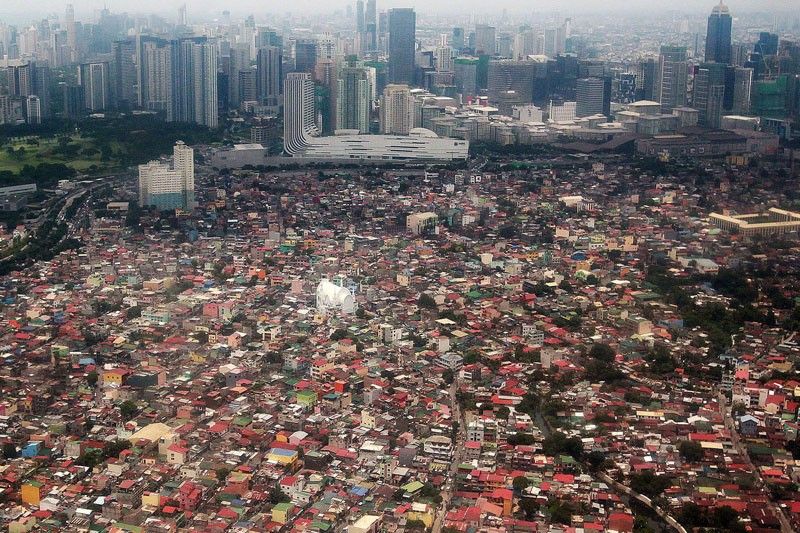Climate change vulnerability: Philippines ranks 3rd

MANILA, Philippines — The Philippines is ranked third among the four countries in the world most vulnerable to climate change, a recent survey by HSBC showed.
India topped the list, followed by Pakistan. Bangladesh came in fourth.
The study noted that in India, climate change could cut agricultural incomes, particularly in unirrigated areas that would be hit hardest by rising temperatures and declines in rainfall.
Pakistan, Bangladesh and the Philippines are susceptible to extreme weather events, such as storms and flooding.
Pakistan was ranked by HSBC among nations least equipped to respond to climate risks.
The five countries least vulnerable to climate change risk are Finland, Sweden, Norway, Estonia and New Zealand.
In its last ranking in 2016, HSBC only assessed G20 countries for vulnerability to climate risk.
The Climate Change Commission recently announced the release of about P200 million in grants to four local government units in the country to strengthen their resiliency to the negative impact of climate change.
The People’s Survival Fund (PSF) Board entered into partnerships with the local governments of Del Carmen, Siargao Island, Surigao del Norte; Lanuza, Surigao del Sur; Gerona, Tarlac; and San Francisco, Camotes Island, Cebu.
Chaired by the Department of Finance, the PSF was established in 2012 through Republic Act No. 10174 to support the climate adaptation action plans of local governments.
In March last year, President Duterte signed the landmark Paris Agreement on Climate Change that calls for the reduction of carbon emissions, which have been linked to the occurrence of natural disasters and extreme weather conditions.
In 2015, the Philippine government submitted to the United Nations the country’s commitments to reduce greenhouse gas emissions.
The country committed to reduce its carbon emissions by 70 percent by 2030.
The carbon dioxide reductions will come from the sectors of energy, transport, waste, forestry and industry.
In this year’s rankings, HSBC assessed 67 developed, emerging and frontier markets on vulnerability to the physical impacts of climate change, sensitivity to extreme weather events, exposure to energy transition risks and ability to respond to climate change.
The 67 nations represent almost a third of the world’s nation states, 80 percent of the global population and 94 percent of global gross domestic product.
HSBC averaged the scores in each area for the countries in order to reach the overall ranking. Some countries were highly vulnerable in some areas but less so in others.
South and Southeast Asian countries accounted for half of the 10 most vulnerable countries. Oman, Sri Lanka, Colombia, Mexico, Kenya and South Africa are also in this group.
- Latest
- Trending


























